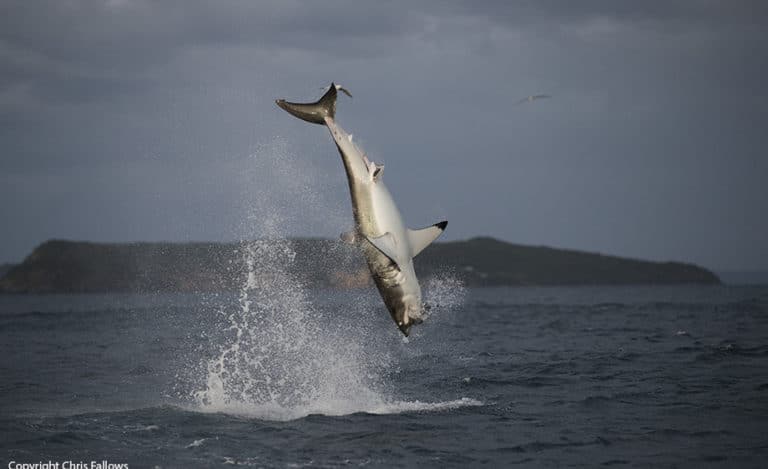Why are Great White Sharks leaving the South African Coastline?
By Kiara Homan
The debate surrounding the disappearance of great white sharks; firstly, in False Bay, then Gansbaai, and now in Mossel Bay, leaves much speculation as to why this has occurred. Many argue that the recent increase in Orca activity is the main reason for the decline in great white sightings in the area. However, many scientists counter this with studies on the loss of biodiversity and unregulated practices concerning cartilaginous fish.
Ignoring the fact that Orcas, throughout history, play a huge role in disrupting great white sharks’ migratory patterns would be misguided as the appearance of Orcas in knowingly shark areas have led to temporary disappearances of these sharks in many coastlines, such as in Australia, California and right here in South Africa. However, evidence shows that this is temporary and great whites are seen back in the area a few weeks or months later, which is the opposite of what is happening with sightings in False Bay and Gansbaai over the last few years, leaving people to speculate other reasons as to why this has occurred.
Recently, many scientists have brought up other factors that have led to the decline in numbers and disappearance of great whites from South African oceans, namely the loss of food availability and the quantity in which sharks are killed. The lack of renewed restrictions of fishing regulations, allowed for the collapse of one of the great white sharks’ main food chains; the Smoothhound and Soupfin shark, due to unsustainable harvest rates from 2016 to 2019, creating the suggested ripple effect on the biodiversity of these ecosystems. This ripple led to the inaccessibility of another main food source, the Cape Fur Seal because it created an excellent barrier through the unmaintained kelp forests. All of this was supported by studies done before Orcas became the streamlined reason for the lack of whites in the area.

The last concern brought up by marine scientists focused on the protective measures put in place along beaches and coastlines to protect humans from shark attacks. The main issue is that preventative structures such as shark nets and drumlines end up killing, not only the sharks but many endangered wildlife, and have no real effect on decreasing shark attacks. This along with many countries’ routine culling, creates a huge disruption in the reproduction cycle of sharks that help with population numbers.
These outdated measures mainly end up killing juvenile sharks, creating a lull in breeding due to the significant lack of maturation of these endangered species and again creating a ripple effect contributing to the decline of numbers in great white shark populations.
The effects of the killer whales disrupting the sharks’ migratory patterns is greatly exacerbated by the underlying conditions that remain unchanged within South Africa’s unclear 2013 conservation measures for endangered species in our coastline and will remain a huge factor in why future great white sharks might be deterred from returning to the shores of False Bay, Gansbaai, and Mossel Bay.
You may also be interested in some of our other articles, such as Great White shark cage diving in Gansbaai, as well as, Shark cage diving in Cape Town.




